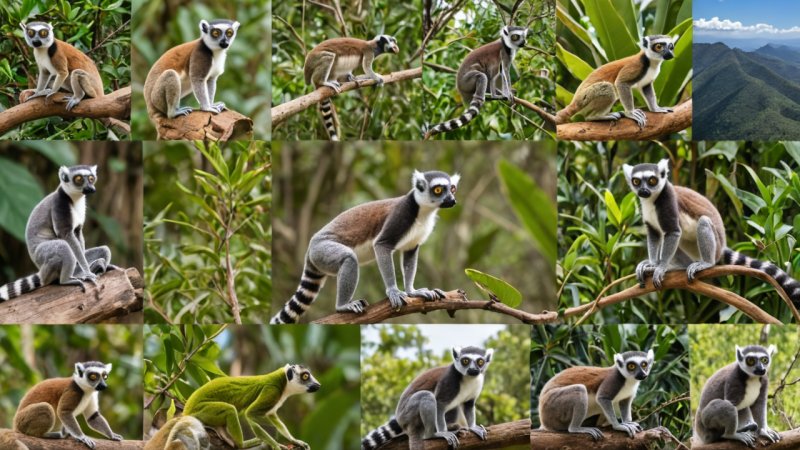Introduction
Madagascar, a stunning island nation off the southeastern coast of Africa, is renowned for its unique wildlife and breathtaking landscapes. In this guide, you will learn how to navigate the amazing biodiversity of Madagascar, understand its ecosystems, and enhance your wildlife photography skills while exploring this enchanting destination. From lemurs to chameleons, Madagascar offers a plethora of opportunities to observe and capture the beauty of wildlife in its natural habitat.
Step 1: Plan Your Trip
Before embarking on your adventure, proper planning is crucial. Here’s how to prepare:
- Research the Best Time to Visit: The ideal time to visit Madagascar for wildlife observation is during the dry season, from April to November. This is when animals are most active, and the weather is more favorable.
- Choose Your Destinations: Madagascar has numerous national parks and reserves. Some must-visit places include:
- Andasibe-Mantadia National Park
- Ranomafana National Park
- Isalo National Park
- Berenty Reserve
- Book Accommodations: Look for eco-lodges or camps that prioritize sustainability and offer guided wildlife tours.
Step 2: Prepare Your Gear
Having the right equipment for wildlife photography is essential for capturing stunning images:
- Camera: A DSLR or mirrorless camera is recommended for better image quality and flexibility. Bring a telephoto lens for close-up shots of wildlife.
- Tripod: A sturdy tripod will help stabilize your camera, especially in low light situations.
- Binoculars: These will enhance your wildlife viewing experience and help you spot animals from a distance.
- Field Guide: Carry a field guidebook specific to Madagascar’s wildlife to help identify different species.
Step 3: Engage with Local Guides
Local guides play a pivotal role in enhancing your wildlife experience:
- Find Reputable Guides: Look for local guides who are knowledgeable about the flora and fauna of Madagascar. They can help you spot elusive creatures and provide insights into their behaviors.
- Take Guided Tours: Participating in guided tours increases your chances of encountering wildlife and allows you to learn about conservation efforts.
- Respect Local Customs: Engage with local communities respectfully, and consider supporting local conservation initiatives.
Step 4: Be Patient and Respectful
Wildlife observation requires patience and respect for the animals and their habitats:
- Stay Quiet: Minimize noise to avoid startling wildlife. Observing from a distance is key to capturing natural behavior.
- Do Not Disturb: Always maintain a safe distance from wildlife. Avoid feeding or attempting to touch animals.
- Follow the ‘Leave No Trace’ Principle: Respect the environment by not leaving behind any waste and staying on marked paths.
Step 5: Capture the Moment
To take stunning wildlife photographs, keep the following tips in mind:
- Use Natural Light: Early mornings and late afternoons provide the best lighting conditions for photography.
- Focus on Eyes: Ensure the eyes of your subject are in sharp focus to create a connection in your images.
- Experiment with Angles: Get down to the animal's level for a more intimate perspective.
- Be Ready: Wildlife can be unpredictable. Always have your camera settings pre-adjusted for quick shots.
Step 6: Share Your Experience
After your trip, share your experiences and photographs:
- Create a Photo Album: Compile your best photos into an album or online gallery.
- Write a Blog or Article: Document your journey and share insights about Madagascar’s wildlife and conservation efforts.
- Engage on Social Media: Share your images on platforms like Instagram or wildlife photography groups to inspire others.
Conclusion
Madagascar is a treasure trove of unique wildlife and stunning landscapes waiting to be explored. By planning your trip thoughtfully, preparing your gear, engaging with local guides, maintaining patience, capturing beautiful moments, and sharing your experiences, you can make the most of your wildlife adventure. Remember, the key to successful wildlife photography is respect for nature and its inhabitants. Happy travels!






